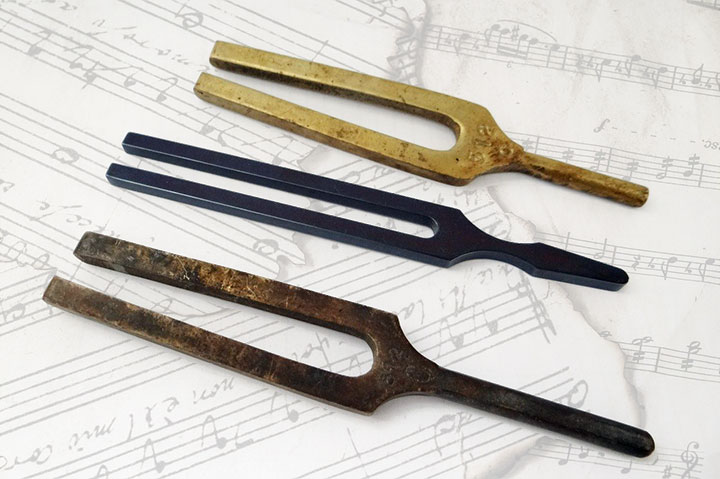When I try to explain the overtone series, things can get abstract and a bit complex very quickly, so I’ll try to give as simple an explanation as possible.
Let’s start by saying that when you hear a single sound, for example one note on a piano or sung by a voice, you are not just hearing one sound, but rather a combination of different sounds. Even though in music you would call it one note (or one tone), in reality it is a combination of tones.
So let’s say the note is C on a piano keyboard. The note we identify as C is merely the root or lower note of an ascending series of notes with increasing frequencies. These extra frequencies are called overtones.
The overtone series is a physical phenomenon and the “distances” between the frequencies of each overtone are fixed and cannot be changed.
The overtones follow a specific order. If we compare this with music, the order is such that if we take C as the root (as we said before), the first overtone is the same C (in music this interval is called unison). The second overtone is again a C but an octave higher (double frequency). The third overtone is a G above the second C (the musical interval of a perfect fifth). The fourth is again a C, an octave higher than the previous one. The fifth overtone is an E (major third). The overtone series continues and is virtually infinite, with octaves repeating between other intervals that become less and less consonant as the frequency increases. In music, interval is the name given to the distance between two notes. There are as many intervals as the possible combinations of different notes.
It is important to keep in mind that the frequencies of the notes mentioned above are different from the frequencies of the same notes on a piano (precisely because pianos are usually tuned to equal temperament).
The ‘problem’ started with the invention of fixed-tuned instruments, mainly keyboards. In fact, both the voice and the instruments of the string section (violin, violas, etc.), some brass instruments such as the trumpet and trombones, and ancient instruments such as the horn, are all capable of adjusting pitch by ear, as they play.
Fixed-tuning instruments, such as keyboards and guitars, cannot do this. Once tuned, each key produces a pitch that cannot be changed unless it is re-tuned (yes, you can ‘bend’ notes on the guitar, but it would be impossible to do that for all the notes in a piece of music ).
So these instruments must use a ‘tempered’ system, where some intervals must be changed to fit an octave.

